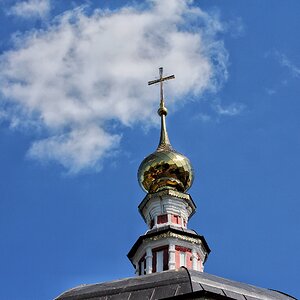NIVEA
TPF Noob!
- Joined
- May 12, 2018
- Messages
- 3
- Reaction score
- 1
- Can others edit my Photos
- Photos OK to edit
Hiya everybody, I have a question for you camera buffs. Ive got a Canon EOS 7D and ive currently got a 70-210mm lens on it and my question is this - If I add a 2 x converter to the lens what benefits would I gain from using that add on ? Thanks in advance for any help on this.






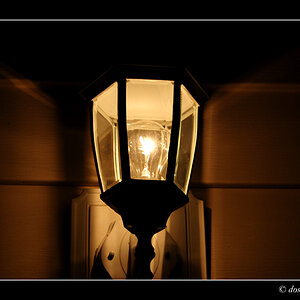
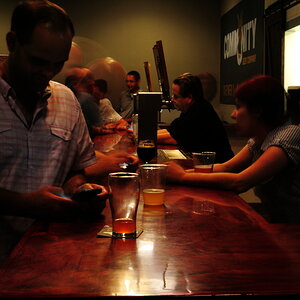
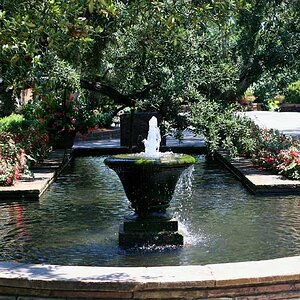
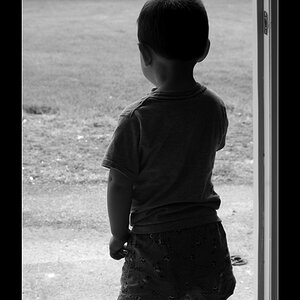
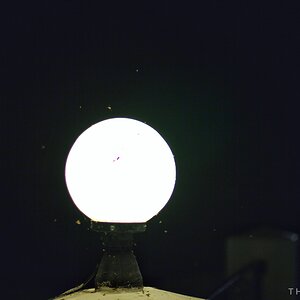
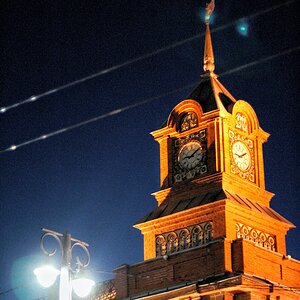
![[No title]](/data/xfmg/thumbnail/32/32156-d6cfe2865ceed861a0633752a006ea20.jpg?1619735234)
